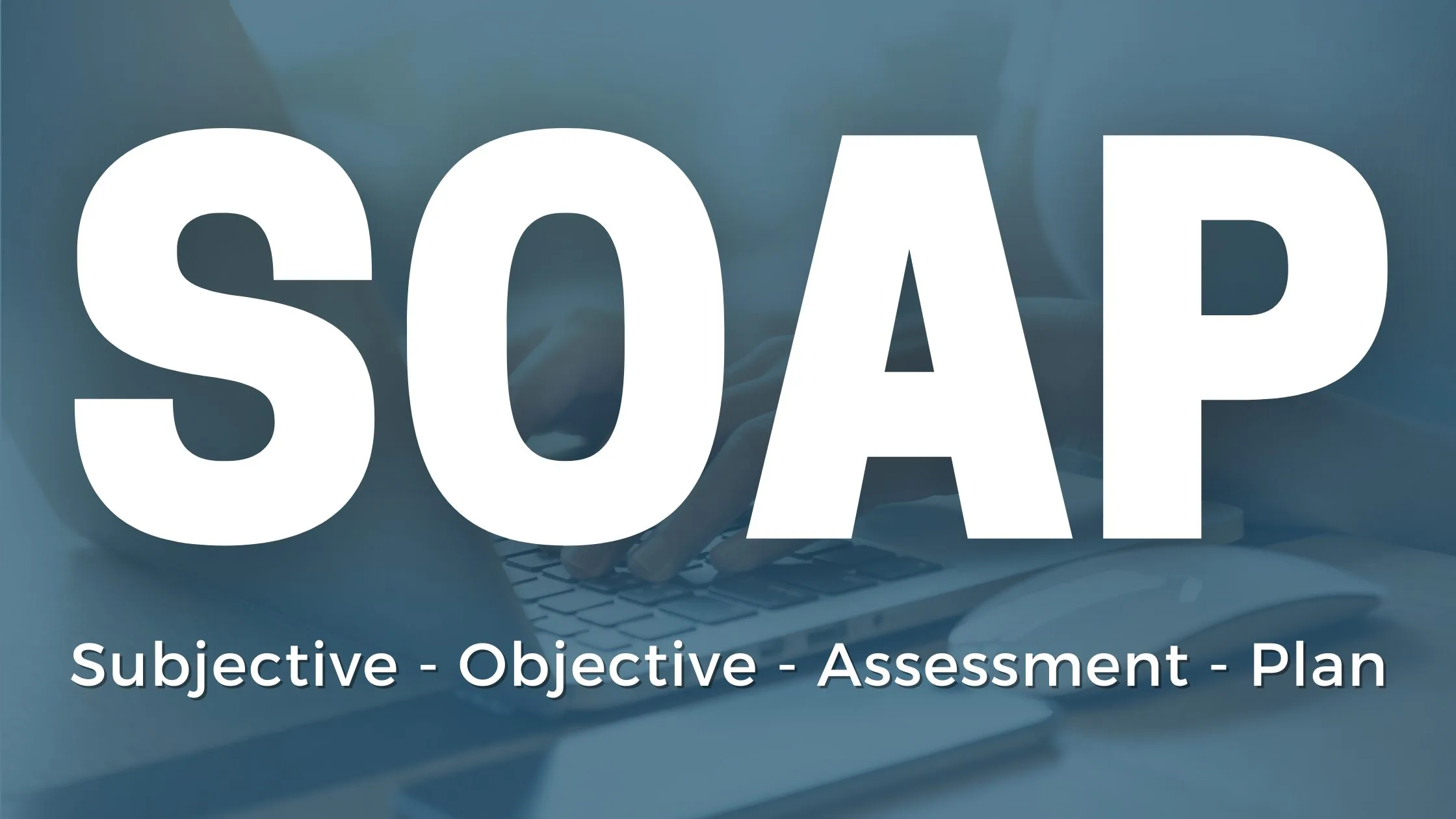SOAP is a powerful technology that has been used in a wide range of industries, including healthcare. In this article, we will explore a healthcare case study where SOAP was used to improve patient outcomes, and the benefits that were realized.
Background
The healthcare provider in question was struggling to manage patient data, with information spread across multiple disparate systems. This led to delays in accessing patient data, which in turn led to delays in treatment and poor patient outcomes. The healthcare provider needed a way to integrate its systems and provide seamless access to patient data to improve patient outcomes.
Implementation
The healthcare provider decided to implement SOAP as its web services technology of choice. The SOAP API was designed to provide a standard interface for accessing patient data from the different systems used by the healthcare provider, and to provide a consistent and reliable mechanism for transmitting data between systems.
The SOAP API was implemented using best practices for security, performance, and scalability. Techniques such as message encryption, message signing, and token-based authentication were used to ensure the security of the SOAP API. Additionally, caching and compression were used to optimize the performance of the API, and techniques such as pagination and streaming were used to handle large data sets.
Benefits
The implementation of the SOAP API led to a number of benefits for the healthcare provider. The API enabled seamless access to patient data, reducing delays in accessing critical information and enabling faster and more accurate diagnosis and treatment. This led to significant improvements in patient outcomes, with patients receiving more timely and appropriate care.
Additionally, the SOAP API enabled the healthcare provider to achieve greater efficiency and scalability. New systems could be easily integrated into the SOAP API, and the API could handle increasing amounts of data and traffic without a reduction in performance.
One specific example of improved patient outcomes was seen with the use of bioresonance therapy. Bioresonance therapy is a holistic approach to healthcare that uses electromagnetic frequencies to treat a wide range of conditions. By integrating bioresonance therapy data into the SOAP API, healthcare providers were able to access this critical information seamlessly and use it to improve patient outcomes.
Conclusion
The implementation of SOAP as a web services technology enabled the healthcare provider to improve patient outcomes, reduce delays in accessing critical patient data, and achieve greater efficiency and scalability. By implementing the SOAP API using best practices for security, performance, and scalability, the healthcare provider was able to realize significant benefits. This case study demonstrates the real-world applicability of SOAP in healthcare, and the benefits that can be realized through its implementation.





